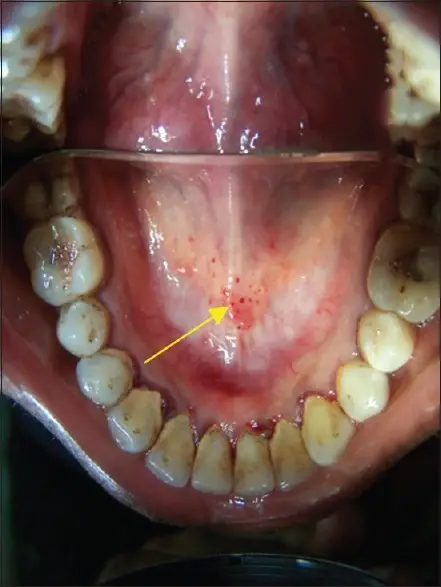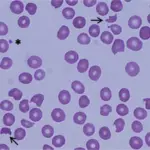Drug induced thrombocytopenia is a disorder linked to immunologically mediated destruction of platelets after drug ingestion.
What is the Pathology of Drug Induced Thrombocytopenia?
The pathology of drug induced thrombocytopenia is:
-Etiology: The cause of drug induced thrombocytopenia is certain drugs, e.g., heparin heparin-induced thrombocytopenia (HIT).
-Genes involved: Unknown.
-Pathogenesis: The sequence of events that lead to drug induced thrombocytopenia are the result of an immune reaction directed against a complex of heparin and platelet factor 4, which that binds firmly to heparin. The binding modifies the form of platelet factor 4, rendering it vulnerable to immune recognition. The binding yields immune complexes activating platelets and promoting thrombosis.
-Morphology: The morphology associated with drug induced thrombocytopenia shows thrombosis in large blood vessels.
-Histology: Hemolysis.
How does Drug Induced Thrombocytopenia Present?
Patients with drug induced thrombocytopenia, typically common in females, present at an age range of 40 to 60 years. The symptoms, features, and clinical findings associated with drug induced thrombocytopenia include skin lesions at injection sites, an acute systemic reaction, fever, flushing, chest pain, and dyspnea.
How is Drug Induced Thrombocytopenia Diagnosed?
Drug induced thrombocytopenia is diagnosed through immunoassays ELISA test and functional assays HIPA and SRA. Imaging studies ultrasonography detect DVT.
How is Drug Induced Thrombocytopenia Treated?
Drug induced thrombocytopenia is treated through discontinuation of the drug and long-term monitoring.
What is the Prognosis of Drug Induced Thrombocytopenia?
The prognosis of drug induced thrombocytopenia is fair, with mortality and complications of HIT of 6-10%.



